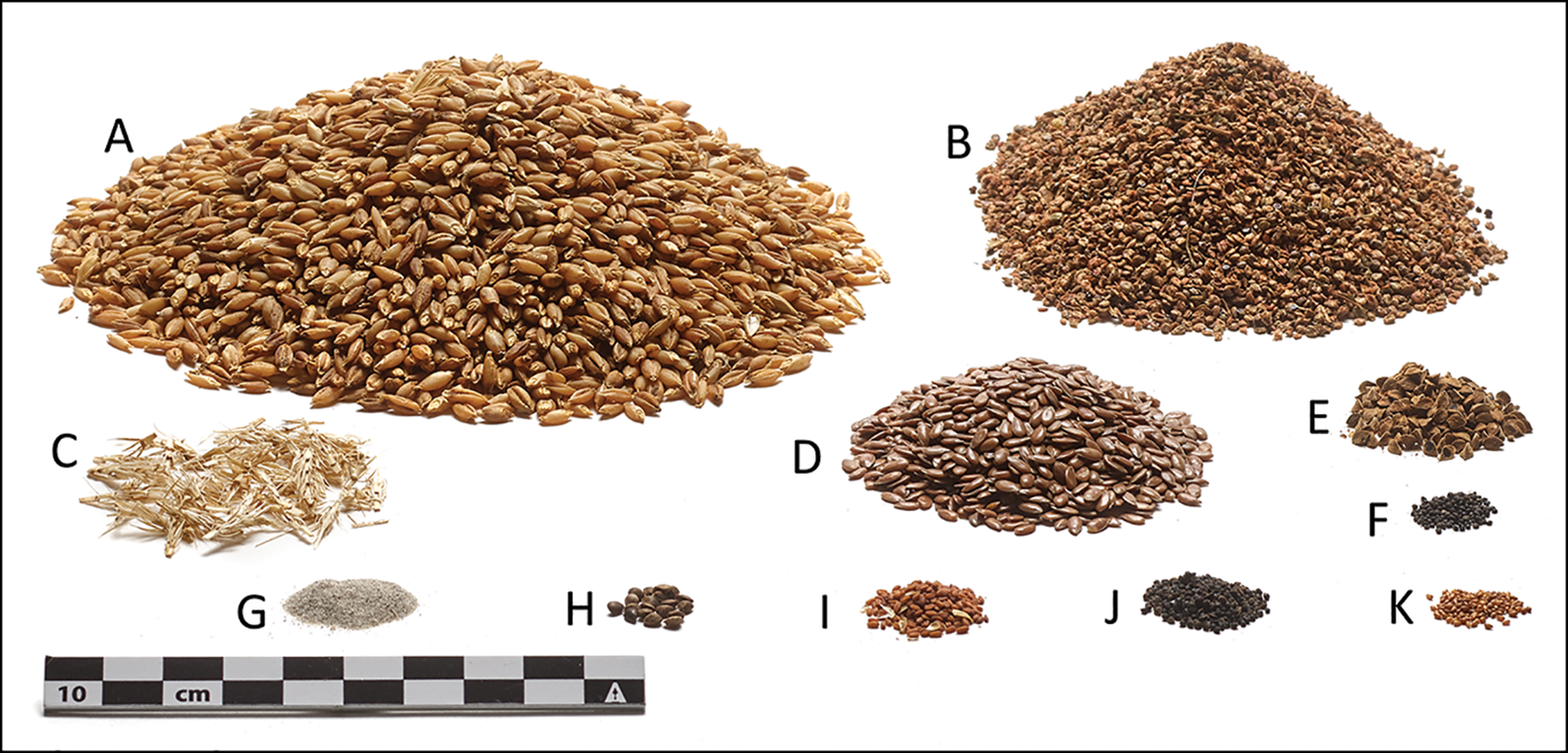The striking difference in the disposal of nonprofitable working animals versus their successful counterparts in the world of horse racing.
Thousands of racehorses live, train, and race at the Saratoga Race Track in New York each year. Since the track’s opening in 1863, only five horses have been buried on site (MacAdam, 202021). Used for their strength and speed to compete in sport, racehorses are considered working animals during their racing career. This lifestyle differs from that of a “pet” horse, which in contrast can be thought of as a longer term companion who provides more utility than just their monetary worth (Avles, 2018).
Each of these five champions of the Saratoga track are buried beneath gravestones that emphasize their success in winning races and earning money for their owners. Buried along a walking tour route of the race track, these horses are clearly marked and honored as champions in plain sight to the general public. The memorialization of these five horses creates a bias in the archaeological record towards remembering the lucrative winners through their respectful burial and careful documentation, and consequently leaves behind the horses who were less successful money makers on the track.
The gravestone of Four Star Dave, buried right along the path that is heavily trafficked by eager tourists during Saratoga’s racing season (Figure 1), states his lifetime earnings: a whopping $1,636,520 (Bouyea, 2018). There are no human names on this gravestone, which is one common note amongst both most pet graves and these 5 horses buried at Saratoga. Instead, there is a list of achievements to emphasize that he was good at his job. The focus on monetary achievement is dissimilar to the words of praise for a friendly temperament or silly nicknames found on many pets’ graves, as noted by Gradwohl’s observations of a pet cemetery (Gradwohl, 2000). The pet gravestones typically show an emotional bond with the buried animal, whereas the race horse gravestones are more explicitly focused on the value extracted from their body through work.

Figure 1. Gravestone of Four Star Dave, buried at the Clare Court track in Saratoga Springs, New York. Photograph by Adam Coglianese.
There are unsuccessful racehorses in the industry. Some find another job as a show horse or companion for pleasure, but others are shipped internationally to slaughter houses and killed for their meat (Figure 2). Moving these animals far from where they used to live and race is symbolic of the common phrase “out of sight, out of mind.” There is a clear archaeological record of the successful horses, who are buried in easily viewable locations at racetracks, but a much more muddled archaeological record of horses who have gone down the auction to slaughter pipeline.

Figure 2. An unsuccessful, former racehorse horse loaded on a trailer to be slaughtered. Photograph by Michael Mulvey.
This is a quiet ridding of some unsuccessful racehorses, whether on purpose or through a series of mishaps. The intense contrast in the memorialization of a horse who was paid for by the pound at auction versus the champion whose gravestone is publicly displayed shows the significant disinterest in what happens to unsuccessful or worn out working animals in the United States.
Links to Additional Resources:
Video: https://www.nbcnews.com/video/horse-slaughter-to-resume-amid-foreign-demand-for-meat-44892739553
Article: https://www.visitlex.com/guides/post/secretariats-grave/
References
Alves, Rômulo Romeu Nóbrega. 2018. “The Ethnozoological Role of Working Animals
in Traction and Transport ∗.” In Ethnozoology, 339–49. Elsevier. https://doi.org/10.1016/B978-0-12-809913-1.00018-1.
Bouyea, Brien. “Fourstardave: 3 Things Everybody Should Know about the ‘Sultan of
Saratoga’.” Saratoga Living, July 30, 2018. https://saratogaliving.com/fourstardave-3-things-everybody-should-know-about-the-sultan-of-saratoga/.
Gradwohl, David. May/June 2000. “Parakeet to Paradise.” Archaeology Vol. 53 (No. 3):
- 22-24.
MacAdam, Mike, and Photo Provided. “Horse-for-the-Course Quick Call Memorialized
at Saratoga Race Course.” The Daily Gazette, July 14, 2021. https://dailygazette.com/2021/07/14/horse-for-the-course-quick-call-memorialized-at-saratoga/.
Image Credits
Gravestone of Four Star Dave [online image]. Photograph taken by Adam Coglianese.
https://saratogaliving.com/fourstardave-3-things-everybody-should-know-about-the-sultan-of-saratoga/
A horse being sent to slaughter [online image]. Photograph taken by Michael Mulvey.

/https://tf-cmsv2-smithsonianmag-media.s3.amazonaws.com/filer/46/a5/46a59223-d03b-41f4-83e9-8eb3ff8fa432/may2017_e09_bogbodies.jpg)
